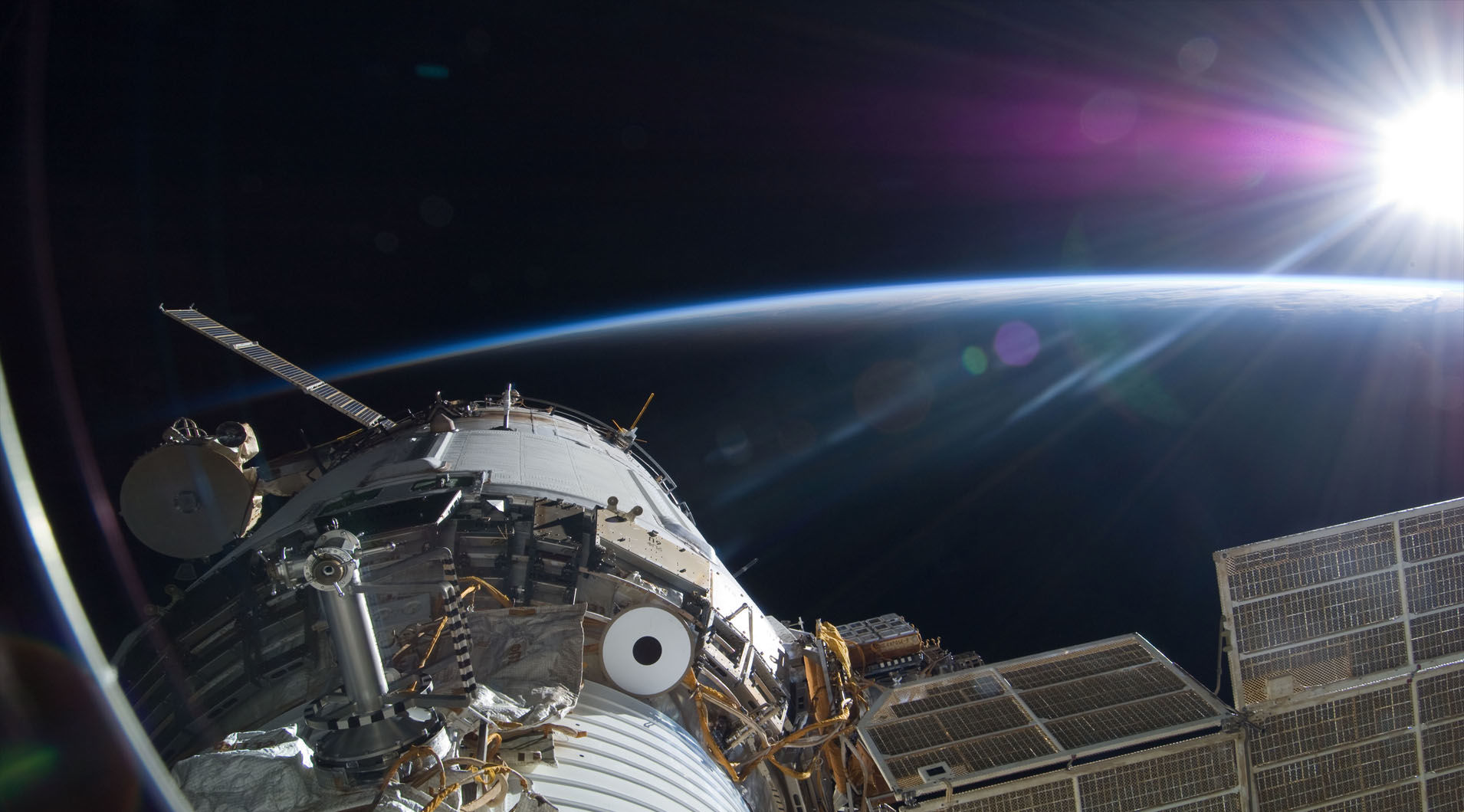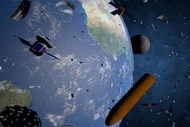Create a free profile to get unlimited access to exclusive videos, sweepstakes, and more!
How long is the ISS going to be up there, and how will we take care of business in space?

The ISS is already floating around on borrowed time, and it just keeps borrowing more.
Endgame for the orbiting space station was supposed to be 2015, but it’s been pushed to 2024 and possibly even 2030, depending on who you ask. A bipartisan bill introduced early last year proposed that the ISS be authorized to stay up there until 2030 to act as a segue to a future of Earthlings living in space. The bill also gave another legit reason for it to stay up there. Companies such as Nanoracks, Made in Space, and Stemrad have been collaborating with NASA to create futuretech we could never have imagined a decade ago.
“Enabling a vibrant economy in low-Earth orbit has always been a driving element of the space station program and will make space more accessible to all Americans,” Christina Koch, who recently broke the record for the longest stretch of time spent in space by a female astronaut, told Space.com in a video.
If the ISS survives long enough, business could really give human space exploration and (eventually) settlement a boost. Nanoracks, the same company that teamed up with Zero G Oven and DoubleTree for the oven that baked those literally out-of-this-world chocolate chip cookies—which SYFY WIRE watched shoot into space—helps other businesses come up with the often groundbreaking experiments and products for the ISS. They also have an eye on our species venturing further into space by developing habitats and way stations out of used rocket parts. It’s a start if we’re going to get boots on the moon by 2024.
The NASA Interim Directive (NID) on Use of International Space Station (ISS) for Commercial and Marketing Activities was put into action this past summer to give businesses a chance to expand into space.
“NASA seeks to achieve a continuous U.S. human presence in low-Earth orbit (LEO)—both with government astronauts and with private citizens—to support the use of space by U.S. citizens, companies, academia, and international partners,” the official announcement on NASA’s website said.
This is huge because it opens a new portal for commercial entities to do everything from production to marketing in space to come up with an end product sold in space or on Earth. Private astronauts who work for those businesses will be allowed on board for commercial missions, while NASA astronauts will collab with them to support their efforts and push them further. With such an incentive for the ISS to stay alive, it won’t just be disappearing into the cosmic void. Nanoracks recently released a low-Earth orbit commercialization study that proposes gradually turning the ISS into an outpost for robots to recycle those rocket phases.
The Nanoracks study is very thorough in describing how the ISS will transition, laying out the overall concept and getting into the details of how it will be carried out. It provides a roadmap to launching enterprise in orbit. Included are ideas for using valuable NASA resources, EVA and robotics, approaches to doing business in space, and assistance from the ground. It also lists the benefits of LEO commercial activity to U.S. human spaceflight. Robots are going to be a huge part of the ISS transition, with humans only needed for cargo dropoff and pickup.
Nanoracks sees a future in which the high costs of keeping humans alive will be totally eliminated in this sphere. Human astronauts will only need to take the risks associated with spaceflight if they are needed for revenue-generating activities. This should ultimately free humans from worrying about risk and keep them focused on the rewards of continuing to innovate in space.
“Whether in factories on Earth, or those soon to be in Earth’s orbit, the role of humans is less necessary than ever before. Science and automation have evolved significantly,” said the study, which added that “astronaut time will be increasingly liberated from dangerous or repetitive support activities in hostile environments, allowing the focus of the spaceflight experience itself.”
Are malls in space next? Who knows, but we might be headed there.















